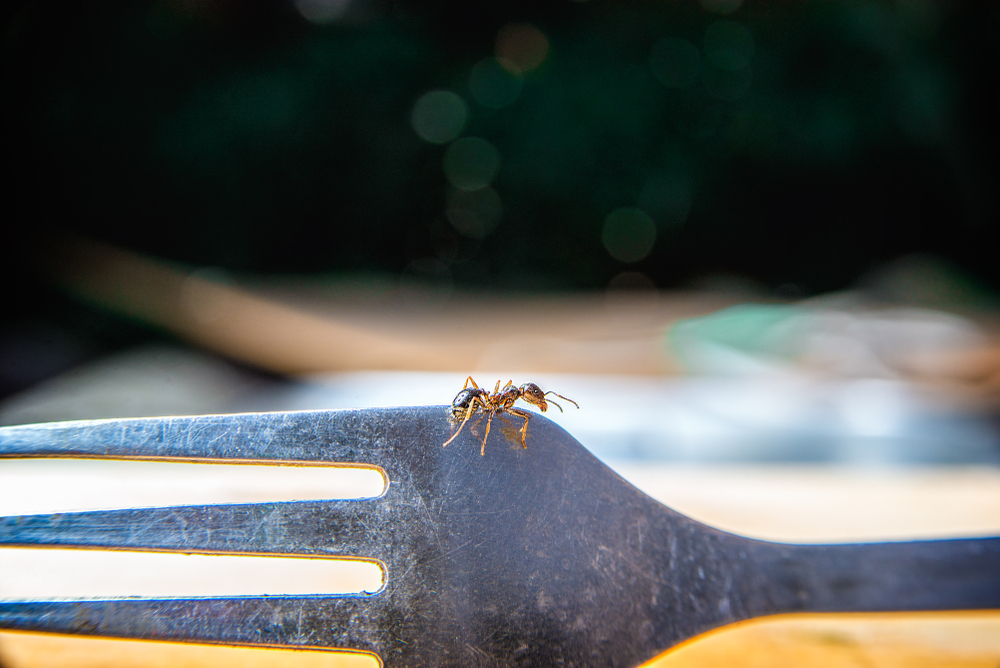Top Signs You Have a Pest Infestation in Your Outer Banks Home

Living in the Outer Banks is a dream for many homeowners. The picturesque coastline, sandy beaches, and charming communities make it a special place to call home. However, the same environment that makes the region so appealing also creates the perfect conditions for pests to thrive. The combination of warm weather, humidity, and an abundance of natural habitats can make pest infestations a recurring problem for Outer Banks residents. Whether it is ants marching through the kitchen, termites quietly chewing through structural beams, or rodents nesting in crawl spaces, pests can cause significant damage and stress if not addressed quickly.
Recognizing the warning signs of a pest infestation is the first step in protecting your home. By learning how to spot the subtle clues, you can act before the problem escalates, saving money on repairs and avoiding health risks. In this guide, we will break down the top signs of pest infestations that homeowners in the Outer Banks should never ignore and explain why timely pest control is essential.
Droppings and Unusual Odors
One of the earliest and most noticeable signs of a pest infestation is the presence of droppings. Rodents such as mice and rats often leave behind small, pellet-shaped waste in cabinets, pantries, or hidden corners of the home. These droppings are not only unpleasant but can also spread bacteria and disease. Insects also leave waste behind, though their droppings can look more like coffee grounds or fine dust, particularly in the case of cockroaches.
In addition to visible waste, pest infestations often bring strange or persistent odors. Rodents can produce a musky smell, especially if they are nesting in hidden areas. Dead pests trapped within walls or attics may also create foul, lingering odors that signal a problem. Homeowners may notice an oily or musty scent that does not go away with cleaning, which often points to cockroach activity.
If you notice droppings or persistent odors, it is a strong indicator that pests are more than just passing through your home. At this stage, calling an exterminator can help confirm the type of infestation and prevent further damage.
Structural Damage to Wood and Wiring
In a coastal community like the Outer Banks, termites are a significant threat to homes. These silent destroyers feed on wood, often going unnoticed until they have caused extensive structural damage. Homeowners may notice hollow-sounding wood, sagging floors, or small holes in wooden surfaces. Termite infestations can lead to expensive repairs if not caught early, and the warm, humid climate in the Outer Banks provides ideal conditions for these pests to flourish.
Rodents are another culprit when it comes to structural damage. Mice and rats chew constantly to keep their teeth from overgrowing, and they often gnaw on electrical wiring, insulation, and drywall. This behavior not only compromises the integrity of the home but also increases the risk of electrical fires. Chewed wires in attics or crawl spaces are red flags that require immediate attention.
The signs of structural damage are often subtle at first, but they become more apparent over time. Scratches along baseboards, holes in walls, or frayed wires are clear evidence of a pest infestation that needs pest control intervention. Addressing these issues quickly helps prevent escalating repair costs and keeps your home safe.
Unexplained Noises and Movement
Homes are never completely silent, but certain sounds can signal an infestation. Many homeowners in the Outer Banks report hearing scratching, scurrying, or squeaking sounds at night, especially coming from walls, ceilings, or attics. These noises often indicate rodents or larger pests that are active after dark.
Insects also make themselves known in quieter ways. A faint rustling inside walls can point to termites or carpenter ants, while buzzing may suggest wasps or bees nesting nearby. These noises are often most noticeable in the stillness of the night, when the absence of outside distractions makes them harder to ignore.
Movement is another clue. Spotting pests during the daytime often means the infestation has grown beyond what is manageable, as many pests typically avoid human activity. Cockroaches, for example, are nocturnal, so seeing them in broad daylight indicates a large and active population.
If you find yourself listening to unusual sounds or seeing movement out of the corner of your eye, it is wise to consult an exterminator to identify the source and implement a pest control plan.
Nesting Materials and Pathways
Pests are opportunistic and will use almost any material they find to build nests. Homeowners may stumble upon shredded paper, fabric, insulation, or even organic debris tucked away in attics, garages, or crawl spaces. Rodents in particular are skilled at creating nests in hidden, warm places where they can reproduce undisturbed.
Insects leave behind different signs. Ants often create visible pathways along walls, baseboards, or outdoor foundations as they travel between their nests and food sources. These trails are easy to spot and usually lead directly to the source of the problem. Termites may leave behind mud tubes on exterior walls or foundation areas, which they use to travel between soil and wood undetected.
The discovery of nests or pathways is a clear indicator of an active infestation. Unlike occasional sightings of a stray pest, nests mean the problem has become established and requires professional pest control. A trained exterminator can locate these hidden areas and safely remove the pests, preventing them from multiplying further.
Damage to Food and Fabrics
Another undeniable sign of a pest infestation is unexplained damage to stored goods. Rodents often chew through cardboard, plastic packaging, or even food containers in search of meals. Homeowners may notice gnaw marks, spilled food, or contamination in pantries. This not only wastes groceries but also poses serious health risks, as rodent saliva and droppings can contaminate surfaces and food supplies.
Insects are also notorious for damaging fabrics. Moths, carpet beetles, and silverfish feed on natural fibers such as wool, silk, and cotton. Homeowners may find holes in clothing, upholstery, or bedding that were not caused by normal wear and tear. These small but noticeable damages are often overlooked until the problem becomes widespread.
If you notice torn packaging, gnawed containers, or mysterious holes in fabrics, it is a strong sign that pests have made themselves comfortable in your home. Pest control professionals can help not only eliminate the problem but also provide tips to safeguard food and fabrics from future infestations.
Conclusion
Pest infestations in Outer Banks homes are more common than many people realize, and the signs are often subtle at first. Droppings and odors, structural damage, unexplained noises, nests, and damage to food or fabrics are all warning signals that should never be ignored. Left unchecked, pests can compromise the health of your family, the safety of your home, and the integrity of your belongings.
The key to minimizing damage is early detection and swift action. Working with a trusted exterminator ensures that infestations are identified correctly and treated thoroughly. Professional pest control services not only remove existing infestations but also provide strategies to prevent them from returning.
Living in the Outer Banks comes with its unique set of challenges, but by staying alert to the signs of pest infestations and seeking professional help when needed, you can keep your home safe, comfortable, and pest-free.
